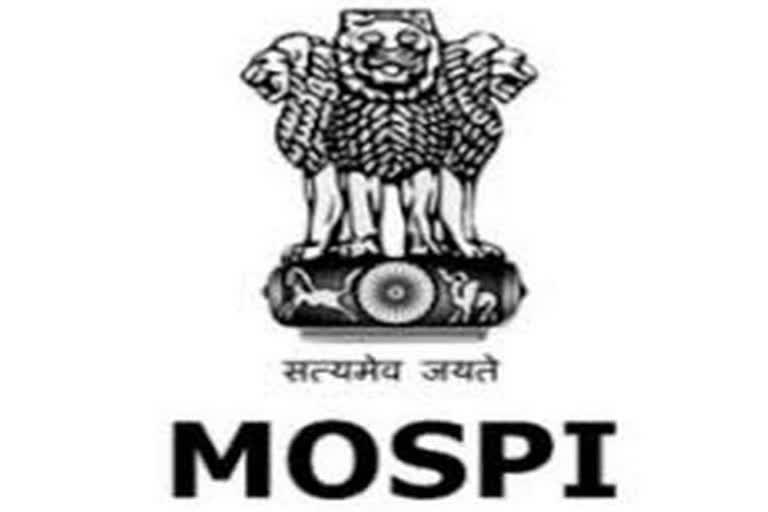Hyderabad: The Ministry of Statistics and Program Implementation 2020 has carried out a survey on 'Women and Men in India' under various categories like - Population & Related Statistics, Health Statistics, Education, Participation In Economy, Participation In Decision Making and Impediments in Empowerment.
Population And Related Statistics:
According to the Technical Group on Population projection report, India's population for 2021 is projected to be 136.13 crores comprising 48.65% females. This shows a decline in the projected average annual exponential growth rate with percentages dropping to 1.07% in 2021, from 1.27% and 1.63% in 2016 and 2011 respectively. However, the projected sex ratio is likely to witness a rise from 943 in 2011 to 948 in 2021.
Also read: Have written to Centre to scale up COVID beds in its hospitals: Jain
Coming to women's mean age for marriage, in India, it has been 22.3 years in 2018 which has increased from 2017 by 0.2 years. In rural areas, the numbers have seen an increase by 0.1 years in 2018 and by 0.3 years in urban areas when compared to 2017.
Health Statistics:
The Age-Specific Fertility Rate (ASFR) for females aged between 25 and 29 was the highest at 146.4 while it was 122.9 for the females in the age group of 20- 24 years. Also, the ASFR for the age group 20-24 years dropped to 173.8 in 2015 to 122.9 in 2018, while it increased for the ages between 30-34 years from 77.6 to 94.7 during the same period. As per SRS 2018, the Infant Mortality Rate (IMR) came down from 39 in 2014 to 32 in 2018.
Also read: Kejriwal to hold meeting to review COVID situation in Delhi
Meanwhile, the Maternal Mortality Ratio (MMR) dropped from 212 in 2007-09 to 113 in 2016-18. According to SRS 2018, the Total Fertility Rate (TFR) for the literate population of rural India was observed at 2.3 when compared to 1.7 in urban areas. For adolescents (15-19 years) the fertility rate at all an India level dropped from 13.0 in 2017 to 12.2 in 2018.
Also read: Farmers open up KMP Expressway in Ghaziabad
In 2019-20, the factsheet of 22 states, observed the highest obesity for males in the Andaman & Nicobar Islands (45.3%) followed by Lakshadweep (41.3%) and Ladakh (37.8%) whereas it was the lowest in Meghalaya (13.9%). In a report by the NSS 75th round (July 2017- June 2018) on household social consumption on health, ailing persons (PPRA) in the last 15-days period is 10.0% (Female) and 8.2% (Male) in urban areas, while it was 7.6% (Female) & 6.1% (Male) in rural areas.
Education:
The literacy rate pan India witnessed an increase from 73% (2011) to 77.7% (2017) with the female and male literacy at 70.3% and 84.7% respectively. As per NSS 75th round, the literacy rate for persons of age 7 and above is at 73.5 and 87.7 in rural and urban areas respectively. Meanwhile, the gender gap has been 16.5 in rural areas and 9.4 in urban areas (July 2017 - June 2018).
Also read: Will impose lockdown if condition in hospitals worsens: Kejriwal
Also, 8.3% of females and 12.8% of males aged 15 years and above have completed their graduation and post-graduation level courses. On the other hand, formal education by females (15 years and above) with the level of education below primary or above was 9.4 years and 8.9 years in the age group of 25 years and above, while for males this average was 9.9 and 9.7 years respectively.
Participation In Economy:


